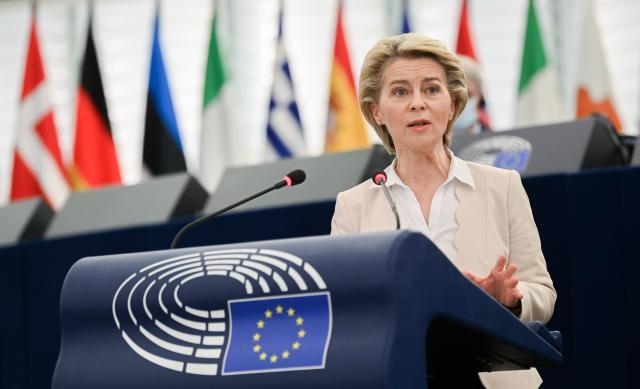EU and US discuss forced labour with social partners in first Trade and Labour Dialogue
Today, EU and US Principals held their first meeting under the EU-US Trade and Labour Dialogue (TALD), with forced labour and digital trade as key priorities.
Discussions focused on tackling forced labour. The two sides discussed opportunities for workers, business and public authorities to combat forced labour together and promote resilient and sustainable trade built on internationally recognised labour rights and standards. Social partners, which include labour and business representatives, outlined their ideas as to which areas should be prioritised in their cooperation on eliminating forced labour in the global economy. They also exchanged experiences and good practices on the tools they use to detect, address and mitigate the risk of forced labour in their supply chains. There was strong interest in the Commission’s proposal to ban products made with forced labour from the EU market.
For the next steps, both sides will continue the dialogue on issues of importance to social partners, such as digital trade and other themes of common interest that social partners put forward.
Background
The TALD is part of the EU’s broader positive agenda on global trade challenges under the Trade and Technology Council (TTC). It is also part of EU’s wider efforts to cooperate on addressing labour issues as outlined in the Communication on Decent Work Worldwide.
The EU and the US set up the TALD at the second TTC on 16 May 2022 to facilitate the consultation of social partners on transatlantic trade and labour issues such as how workers and employers can make successful digital and green transitions, and how the EU and the US can remain globally competitive and achieve broad and inclusive prosperity.
The first technical TALD meeting took place in September 2022. It discussed topics proposed by EU and US social partners, including the impacts of digital trade on transatlantic workforces, measures taken to alleviate current high inflationary pressures, and how to ensure that such measures foster transatlantic trade.

